Stile and the VTLM: High Impact Wellbeing Strategies
Learn how Stile aligns to the VTLM's High Impact Wellbeing Strategies.

The High Impact Wellbeing Strategies (HIWS) are the fifth component of the VTLM. HIWS are seven evidence-informed strategies to support teachers in promoting student wellbeing. Stile’s award-winning digital teaching and learning tools help educators implement these strategies that foster inclusive, collaborative classrooms.

HIWS 1: Build relationships with students
Stile’s highly interactive teaching and learning platform is built on the connection between teachers and students. Teachers can see student responses as they work, provide them with timely feedback, and facilitate class discussions via stimulus material on Stile. These interactions are the foundation of student–teacher relationships. By providing teachers with resources to support the planning, teaching and assessment processes, Stile gives teachers more time to focus on their students and on building meaningful relationships that form a foundation for effective teaching and learning. Finally, through teaching notes in lessons, Stile provides guidance to teachers on connecting the learning to students’ experiences, community and backgrounds. Making these connections further supports teachers in developing relationships with students.

HIWS 2: Facilitate peer relationships
Stile uses collaborative questions and tasks where students work together to achieve a common goal. These range from collaborative class brainstorms and polls to practical activities with a partner or group work tasks such as research projects or building models. Teaching notes included in these lessons provide teachers with guidance on facilitating discussion and respectful questioning between students.
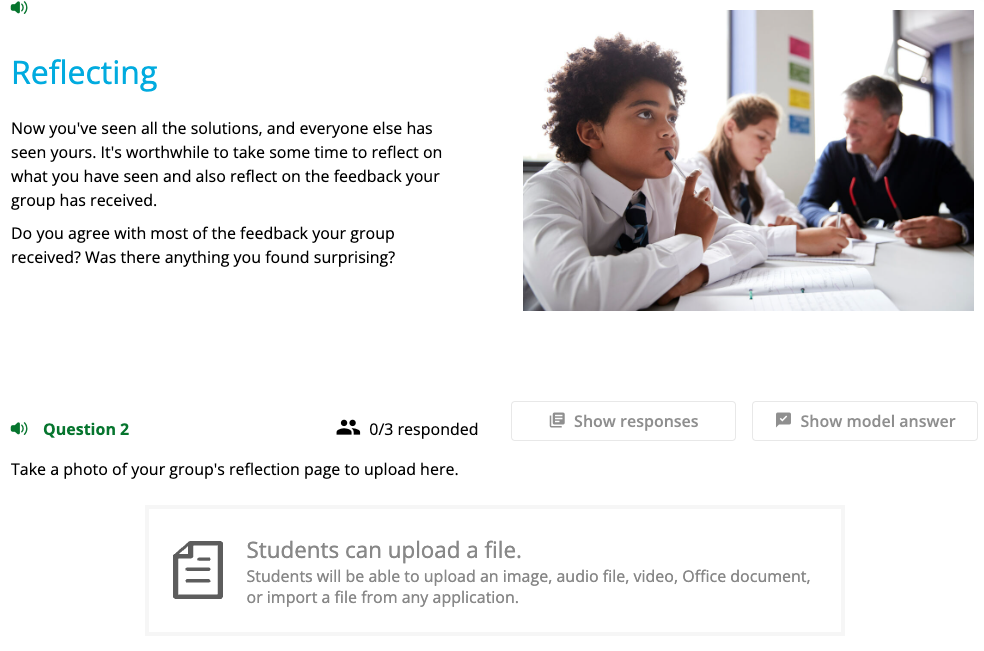
HIWS 3: Establish and maintain clear classroom expectations
Stile offers teachers a structure that helps them to create a sense of order and predictability in the classroom. Learning goals are used in each lesson and teaching notes guide teachers in effectively introducing and discussing expectations for learning with students. This consistent aspect of Stile lessons offers routine for students and makes it clear what is expected of them during a lesson.

HIWS 4: Support inclusion and belonging
Teaching notes throughout Stile lessons incorporate prompts for teachers to connect to students’ experiences, community and backgrounds. By following these prompts, teachers are learning from students about their lived experiences and promoting an understanding of multiple and diverse perspectives. Stile units are written and designed to incorporate diversity in age, race, gender, sexual orientation and body type. Displaying this range of diversity in the classroom through Stile’s resources helps teachers ensure students feel valued and accepted.
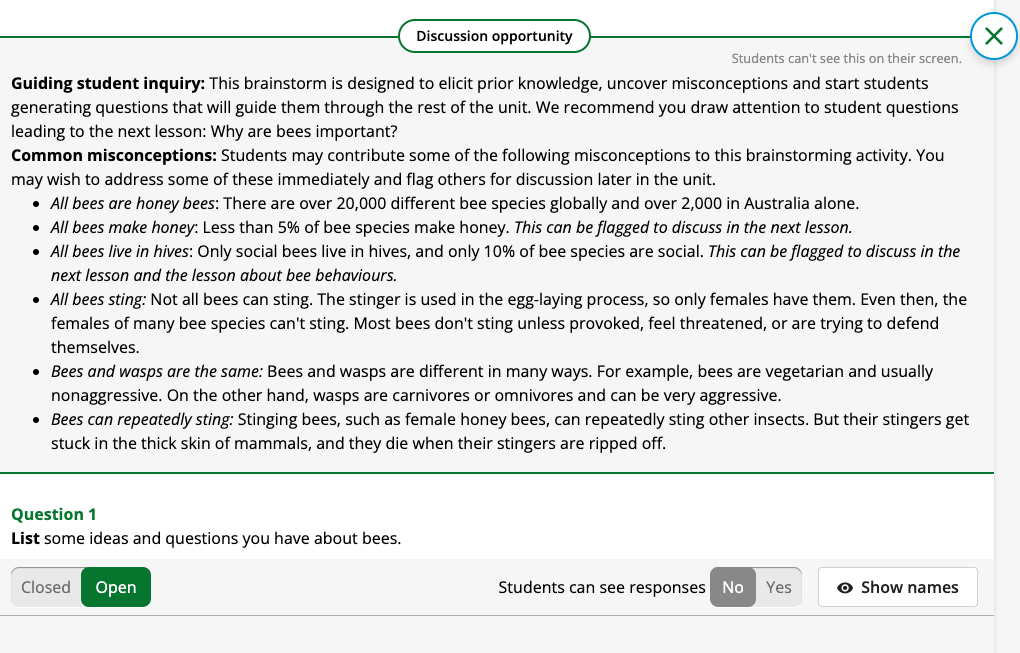
HIWS 5: Foster student self-efficacy
Stile supports teachers to provide set work and goals that are aligned with student abilities. Stile lessons are structured using SOLO Taxonomy (Biggs & Collis, 1982) to progress students from lower-order to higher-order thinking. This means that there is a point of entry for students of all abilities. Intentional scaffolding is used to support this progression and guide students to successful outcomes. Additionally, teachers are provided with teaching notes that contain suggestions for differentiation to ensure that all students can experience success.
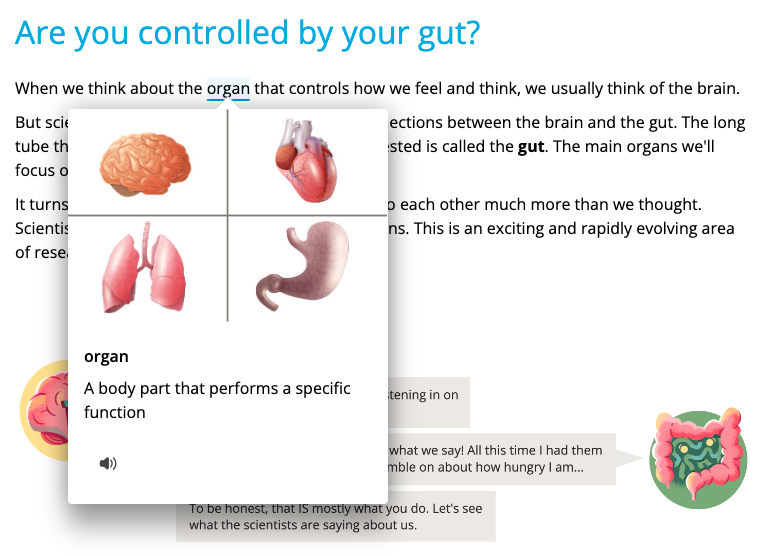
HIWS 6: Engage students
Stile units are specifically designed to engage students in learning through fascinating real-world science. Teachers also have the option to edit lessons to tailor tasks to student interests and capabilities throughout each of Stile’s units. The use of 11 different interactive question types, simulations and varied activities, including 43 engineering tasks, 115 hands-on or practical lessons and 43 research tasks, provide a variety of meaningful and challenging ways for students to complete classwork and assessments.
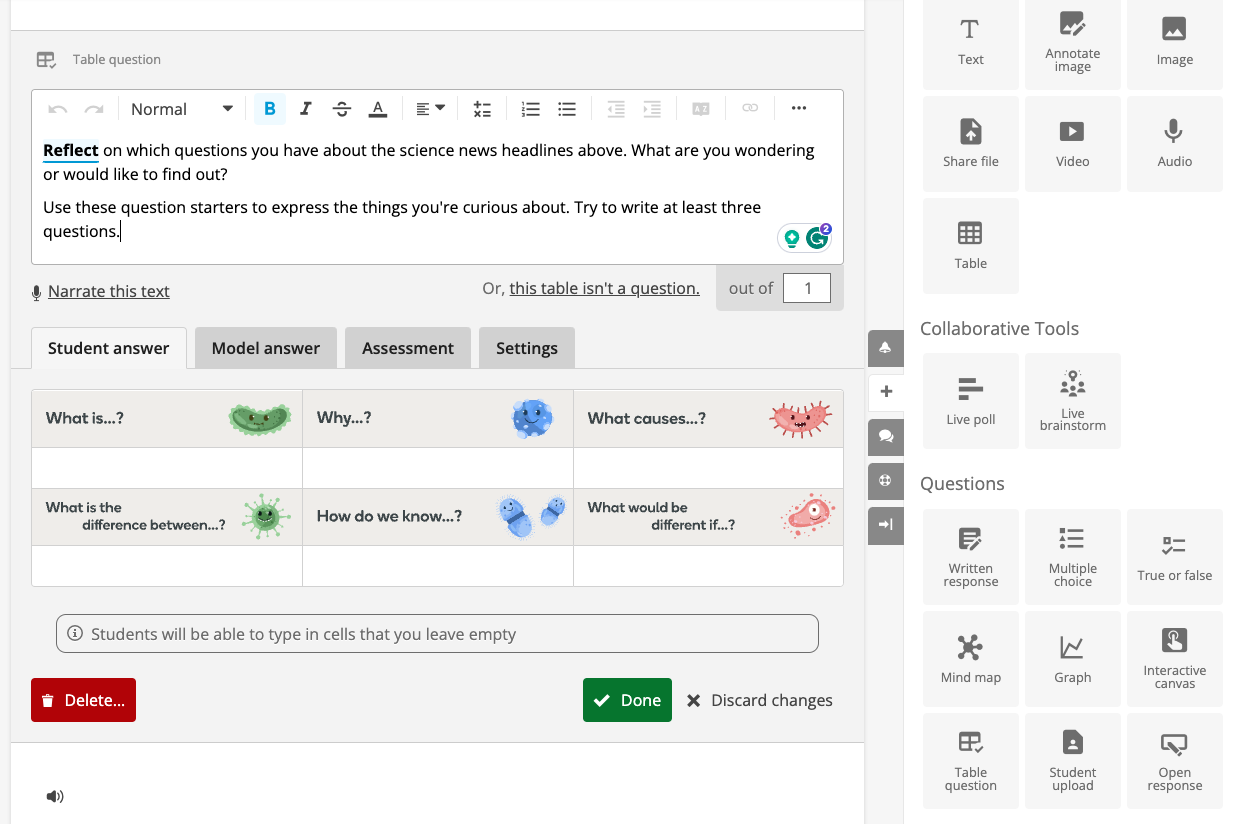
HIWS 7: Promote coping strategies and facilitate referrals
When exploring issues that may be challenging for some students, Stile consults with experts to determine the best way to support students. Practical advice and resources are included in teaching notes to support teachers in facilitating safe, appropriate discussion and in promoting coping strategies.
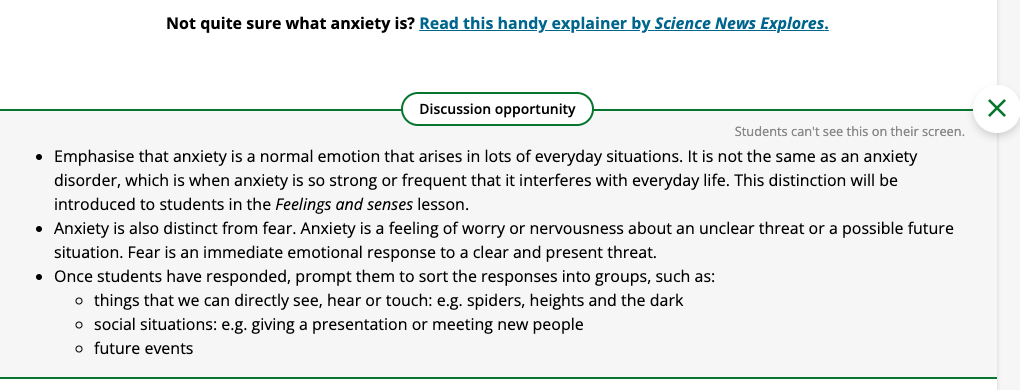
Learn more about how Stile aligns with each element of the Victorian Teaching and Learning Model here.
References
Biggs, J.B., & Collis, K.F. (1982). Evaluating the Quality of Learning: The SOLO taxonomy New York: Academic Press.

